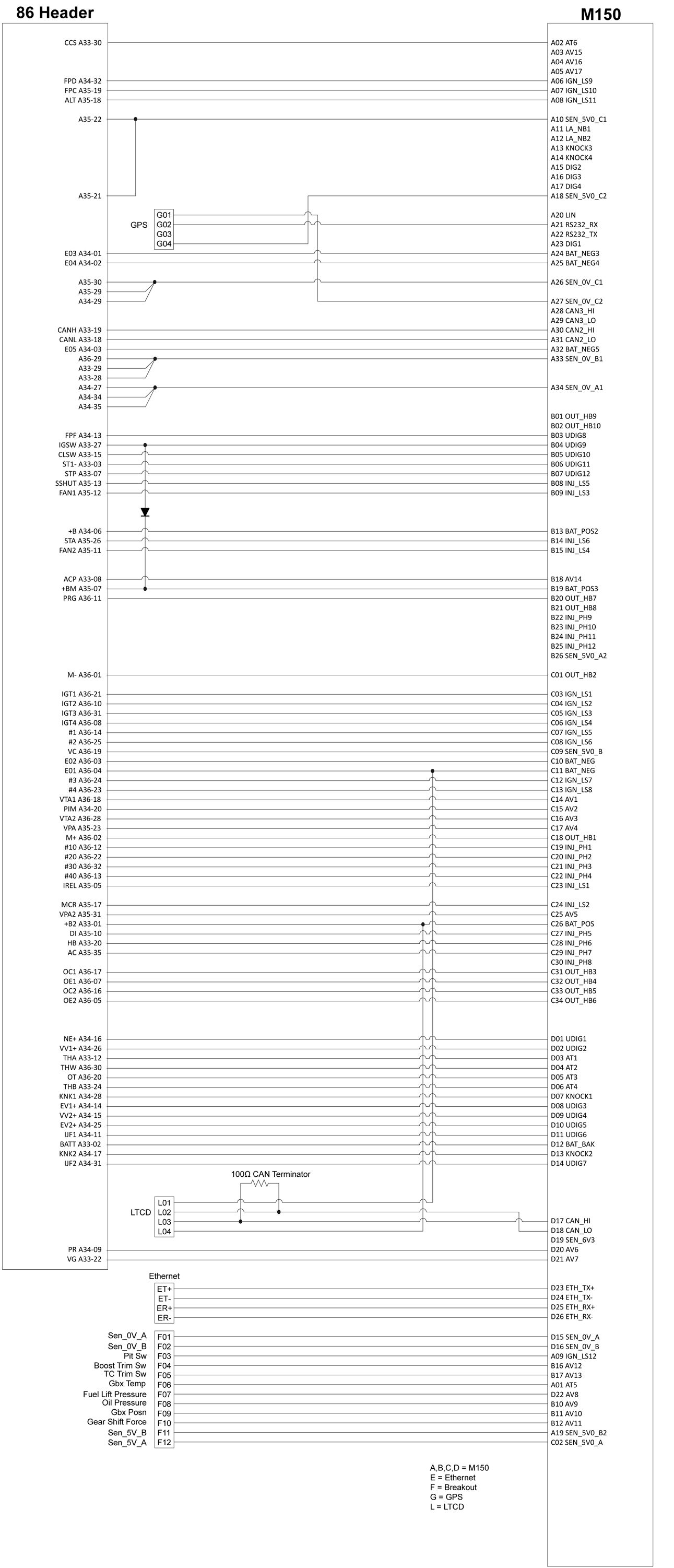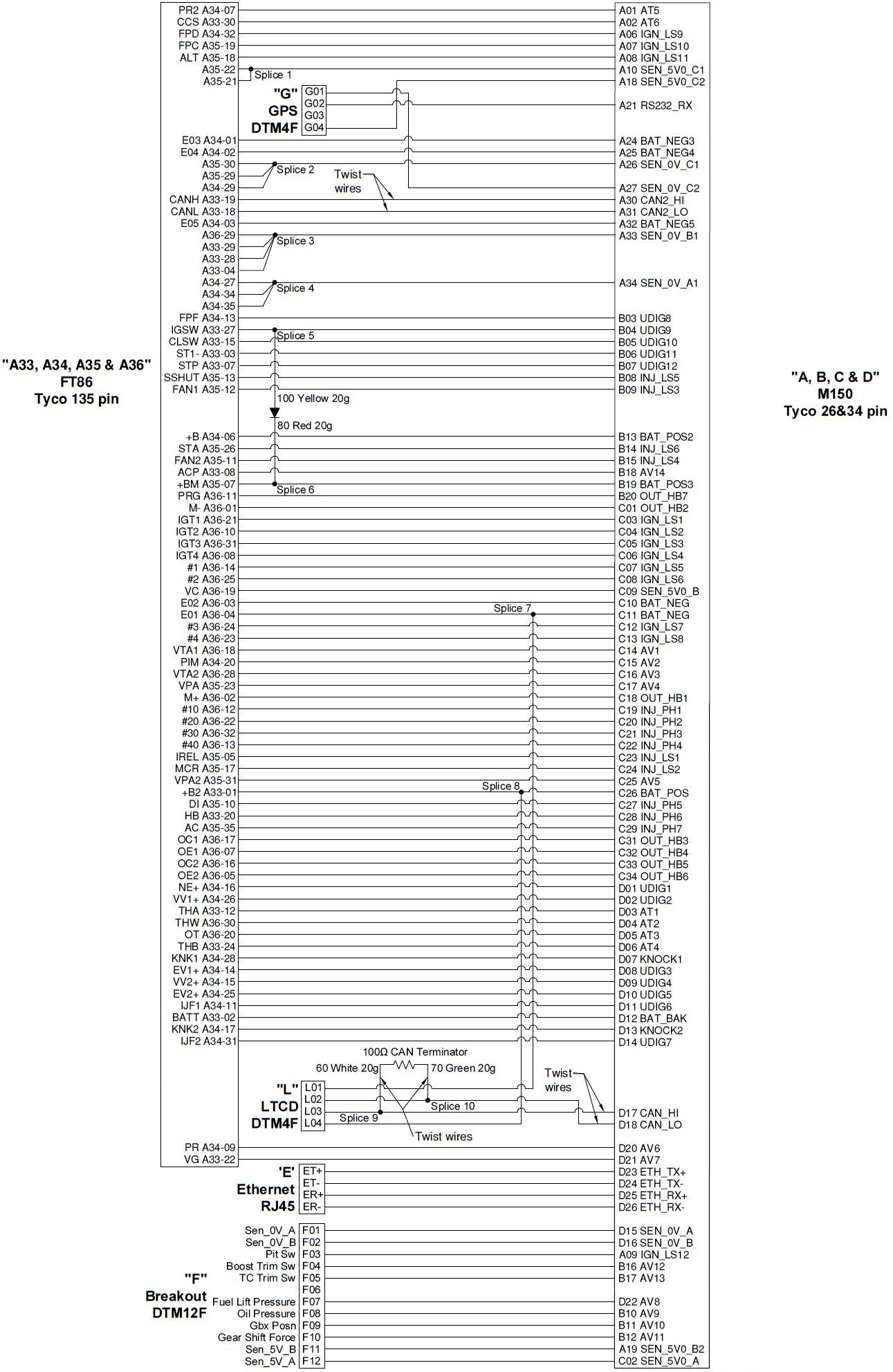The Package mimics virtually all aspects of the OE operation as follows:
2017+ Model Update
Several changes were made for 2017+ models which must be accommodated in package settings:
Camshafts
2017 and later model employ mid-lock camshafts which have their adjustment range extended by about 20 degrees. In the case of inlet camshafts this allows the normal 42 (approximate) degrees of advance along with 20 degrees of retard. To ensure that these camshafts are in the zero position for engine start (rather than fully retarded inlet cams) a mechanical lock system secures the cam in the zero position when no control current flows through the oil solenoid. When the engine is stopped and control ceases the camshaft will 'wind down' to the mid-lock (zero) position by mechanical drag on the cam distribution system.
Whereas previous camshafts are controlled with a duty cycle range of perhaps 20 to 80%, mid-lock camshafts will return to the 'lock' position with less than perhaps 35% duty cycle. The active region of advance and retard is exercised between perhaps 40% and 90% duty cycle.
Therefore it is important to use appropriate settings for 2012-2016 or 2017+ models in the cam control groups: if the 2012-2016 settings are used with the later mid-lock cams it is possible to lose control of the cams or for them to return to the lock position when not expected. Numerous settings are critical in this regard:
Note: Actuator Minimum / Maximum duty cycle values refer to the Control value limit before the output polarity is calculated. Therefore for an inlet camshaft with inverting polarity the mid-lock region corresponds to 0% to 35% output duty cycle, which is 65% to 100% control value (before Polarity calculation). Therefore the Actuator Maximum setting of 60% is the critical one to provide a guard-band which will prevent mid-lock operation.
For the exhaust camshafts with normal polarity the mid-lock region corresponds to 0 to 50% output duty cycle, which is 0% to 50% control value (no Polarity inversion). Therefore the Actuator Minimum setting of 50% is the critical one to provide a guard-band which will prevent mid-lock operation.
Crankshaft Rotation Sensor
2012 -2016 models use a magnetic reluctance sensor for the Crankshaft (Reference) signal. 2017+ models use a hall sensor.
Fuel Pressure Direct Pressure Sensor
2012 - 2016 models use a single-output sensor, wired from OE Pin A34-09 to M1 pin AV6.
2017+ models use a dual-output sensor with the existing signal to AV6 covering only a small part of the overall pressure range. An additional output which covers the full range is now wired from OE pin A34-07 to M1 pin AT5. A new sensor calibration is used.
Airbox Mass Flow Sensor, Fuel Pressure Direct Pump Offset, Fuel Injector Primary Linearisation, Fuel Injector Primary Reference Flow, Fuel Injector Secondary Contribution:
The calibrations for these devices are marginally different but nonetheless should be set for the according year model.
Start System
There are two variants of the vehicle starting system: conventional key start or push button start:
- For key start vehicles, set Toyota 86 Start Type to Key. In this mode the starter solenoid relay output (STA relay) is turned on whenever engine speed is below the Engine Run Threshold.
- For push button start vehicles, set Toyota 86 Start Type to Button. In this mode the starter solenoid relay output (STA relay) is turned on only when the Start button is pressed, and remains on until Engine State is Run.
Both systems require the clutch to be fully depressed for the start solenoid to engage.
Transmission
There are two variants of the vehicle transmission: manual or automatic.
- For manual transmission vehicles, set Toyota 86 Transmission Type to Manual.
- For automatic transmission vehicles, set Toyota 86 Transmission Type to Automatic. This option provides an Idle Mass Flow Feed Forward table which allows idle adjusment when the automatic transmission selection is Drive or Reverse.
These options affect the internal CAN messaging between the M1 ECU and the OE systems.
Air Conditioner
Compressor operation is requested by the OE air conditioner system (Toyota 86 Air Conditioner Request). The M1 ECU operates the compressor clutch relay (AC relay) based on the CAN request, along with configurable enable conditions for:
- Throttle Position
- Engine Speed
- Refrigerant Pressure
- Coolant Temperature
- Ambient Temperature
All of these conditions must be met, along with the OE request, for the compressor to operate. Default settings are used for enable components which are not required.
In addition, Idle Control may be adjusted by means of the Air Conditioner Idle Aim Compensation and Air Conditioner Idle Mass Flow Feed Forward settings.
Alternator
This product mimics operation of the original alternator system.
Power Steering
No user interaction or settings are required.
Purge Canister
A simplified purge strategy is used. Purge solenoid flow has been characterised for the OE installation and the Fuel Purge Solenoid Flow and Fuel Purge Solenoid Flow Inverse tables should not be altered.
ABS/VSC
While this product uses some sensor information provided by these systems (for example Wheel Speeds), no further interaction occurs.
Any operation of these systems that does not require engine ECU interaction (for example VSC Disable Switch) will function normally.
Allows mapping of the VSC Disable Switch and the VSC Sport Mode Switch into the M1 traction system. Refer to the help in the Package for 'Toyota 86 VSC Disable Switch'.
Fuel System
This product mimics operation of the original fuel system:
Balance between primary (direct) and secondary (port) injection is controlled by the Fuel Injector Secondary Contribution Main table. The Fuel Injector Secondary Contribution value may be overridden if the primary fuel system fails, in which case 100% port injection is used.
Note: Lambda control is supported with optional LTC and Bosch LSU4.9 sensor. 


